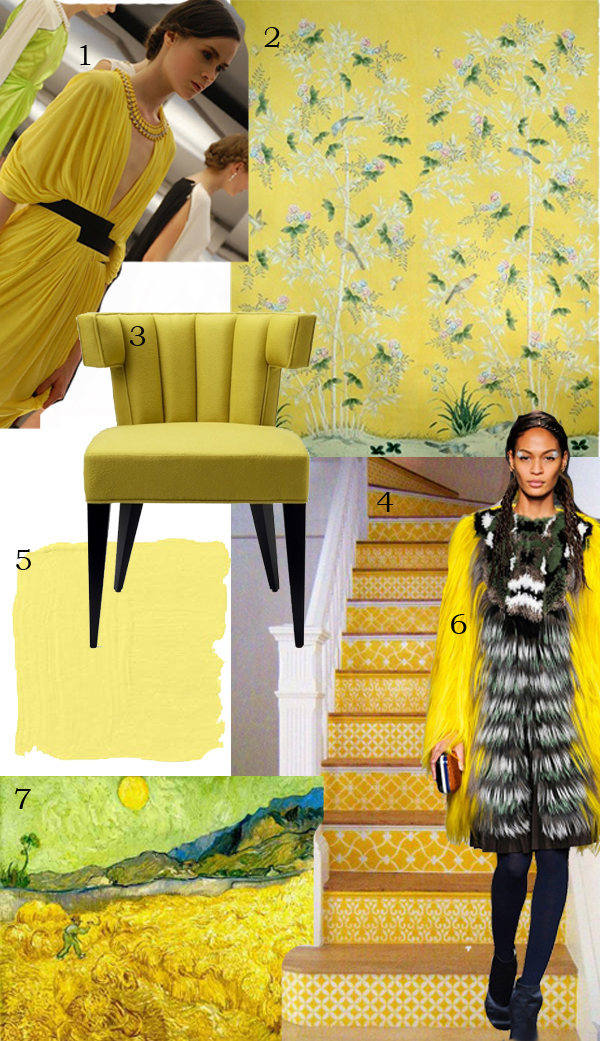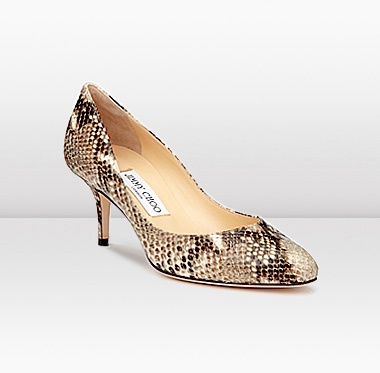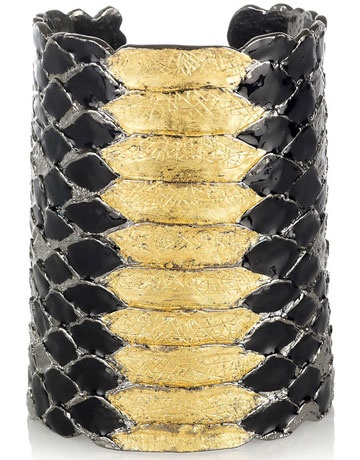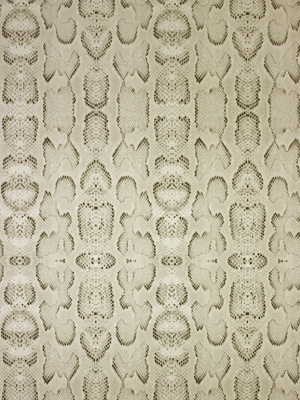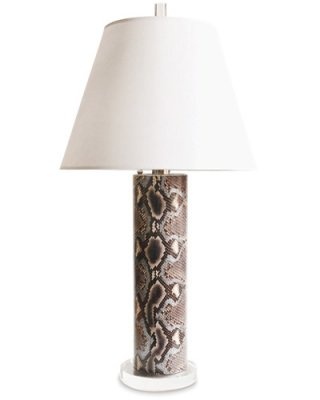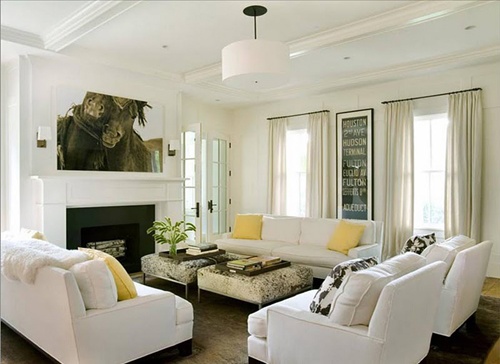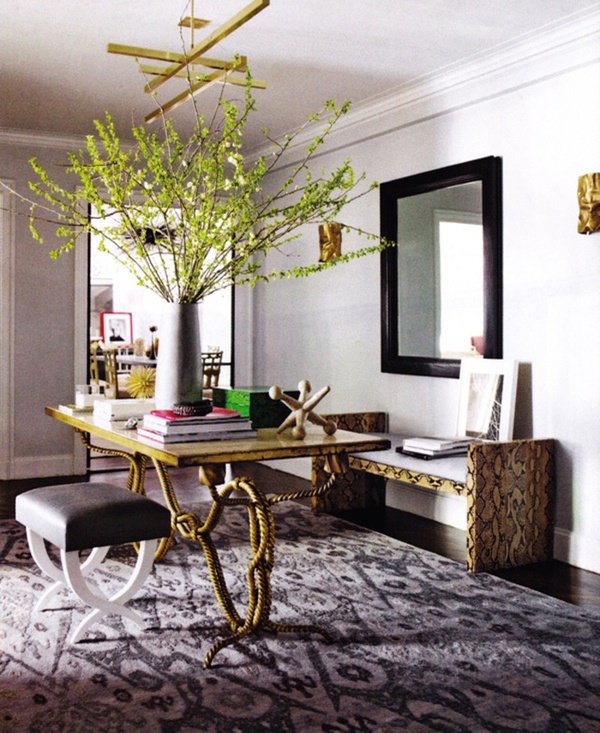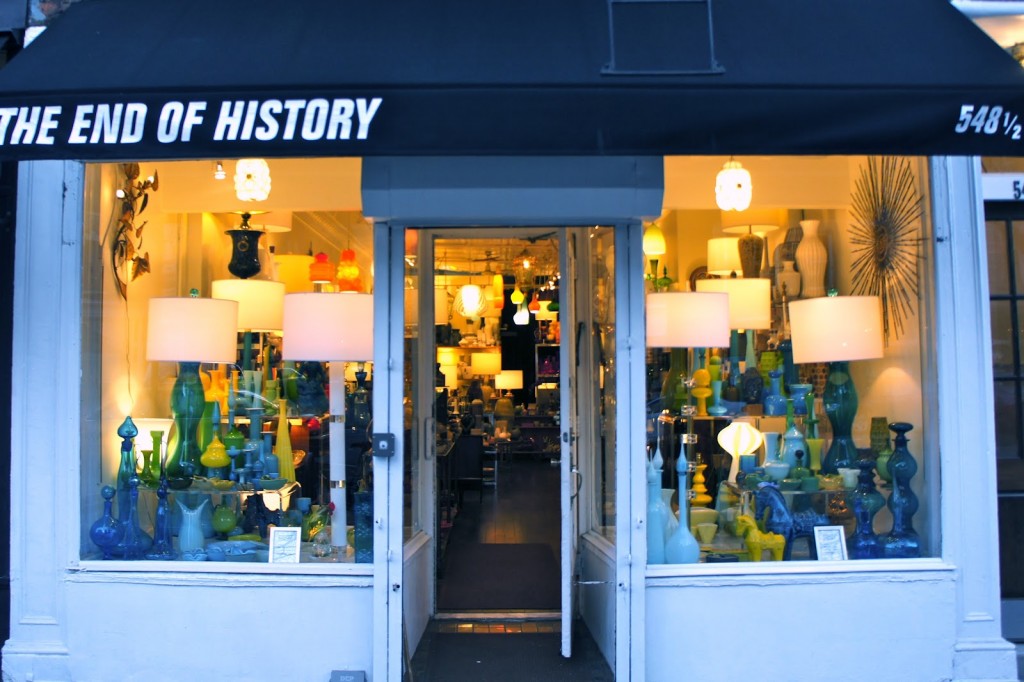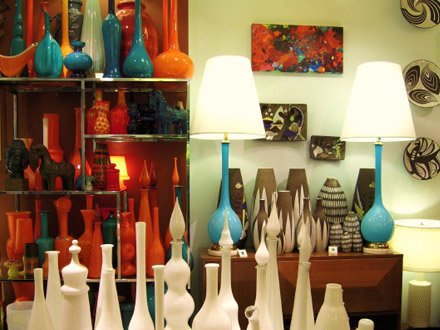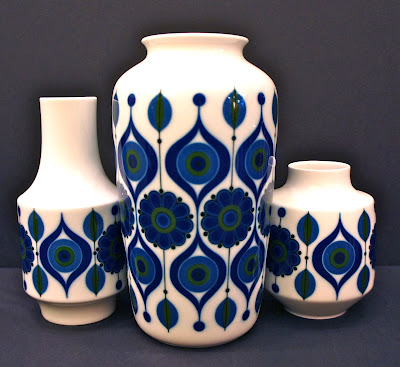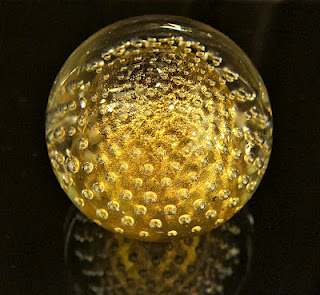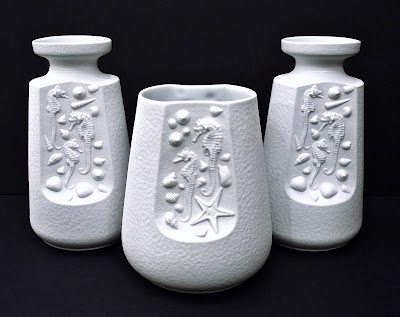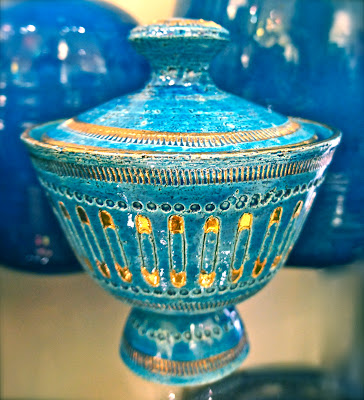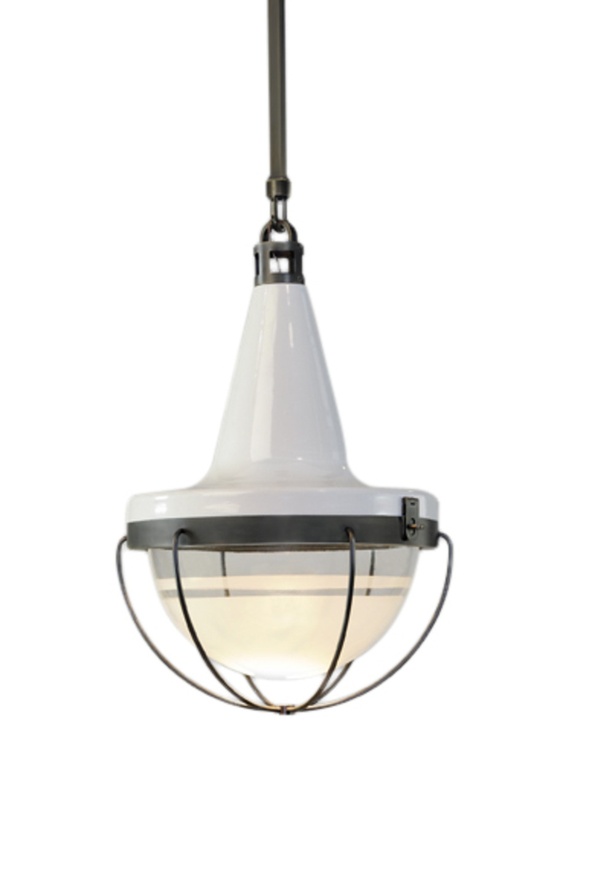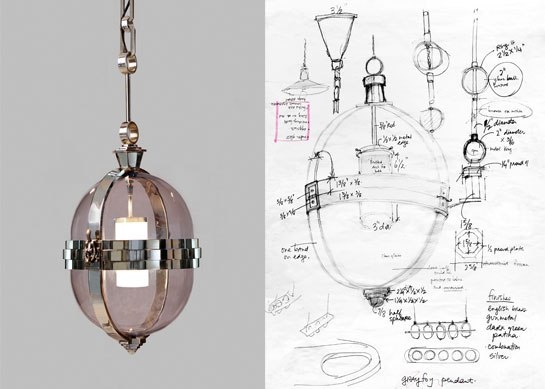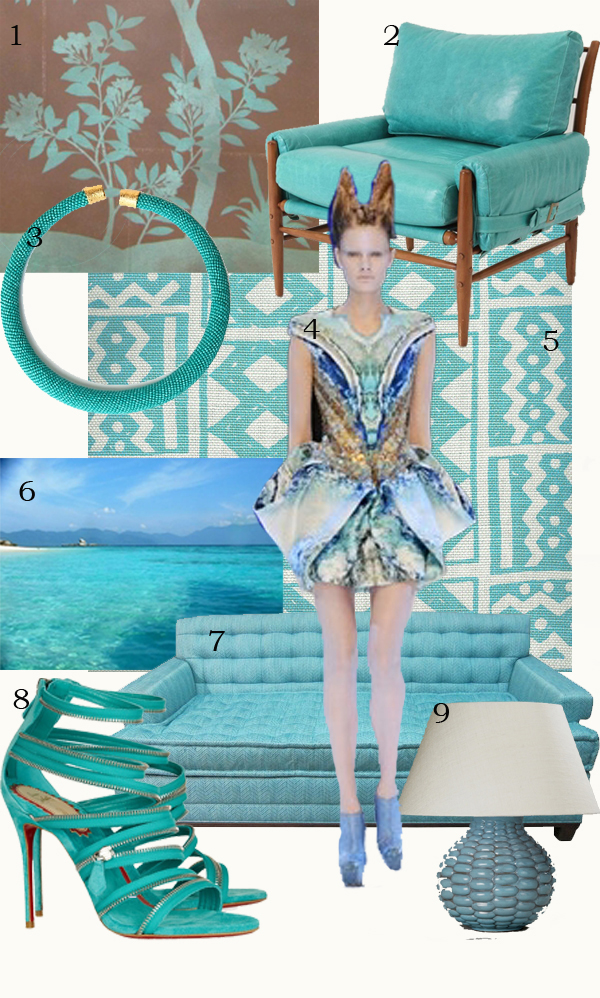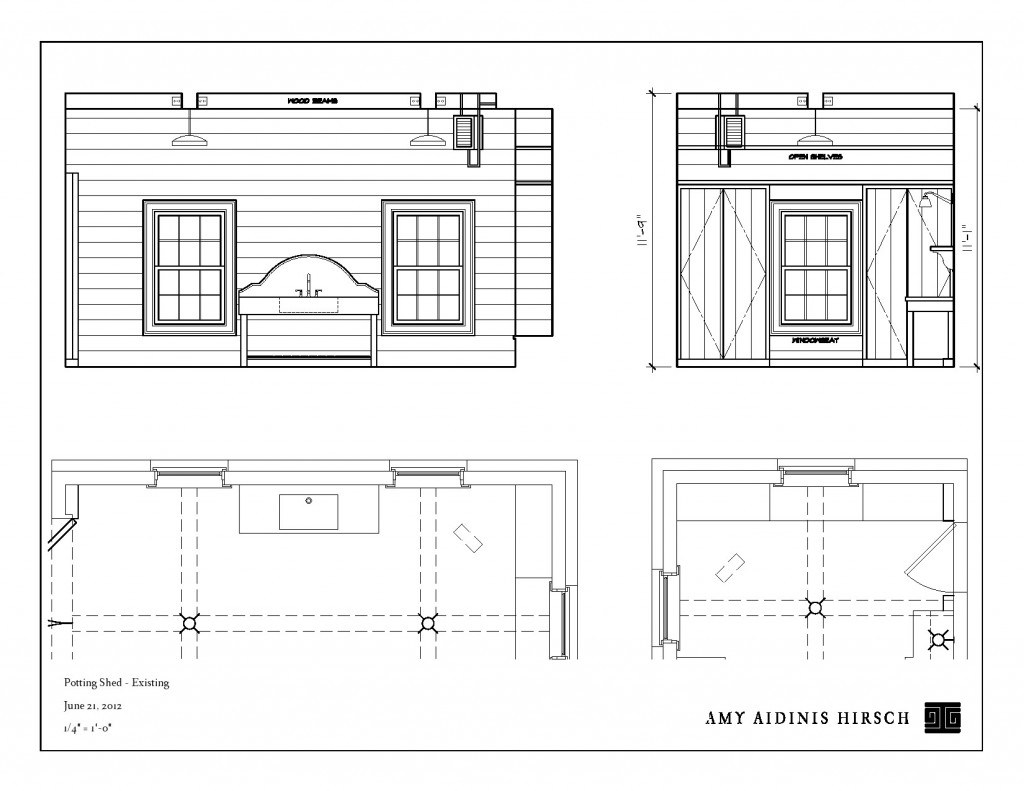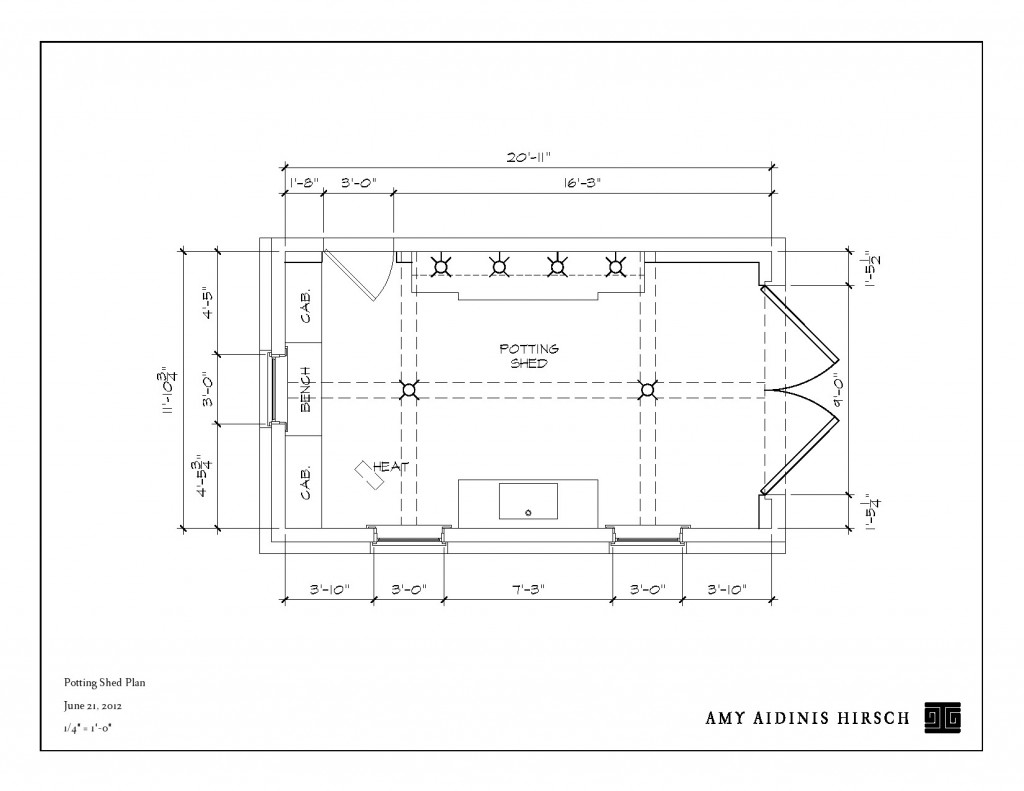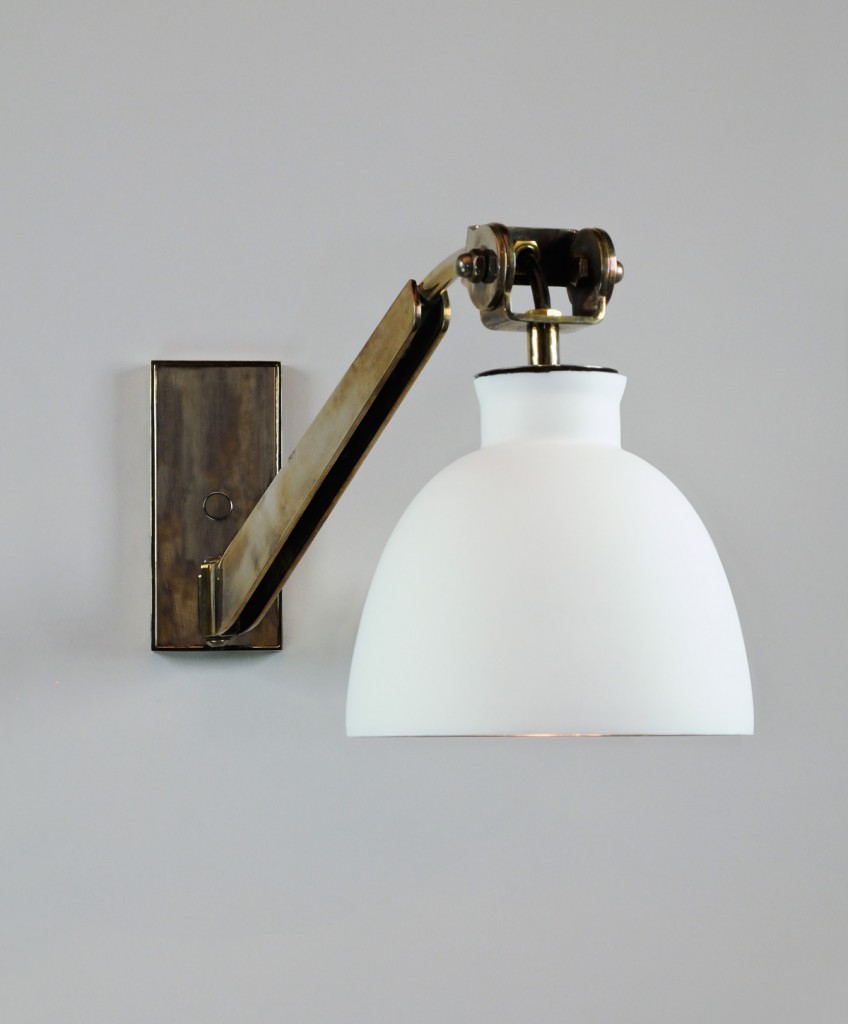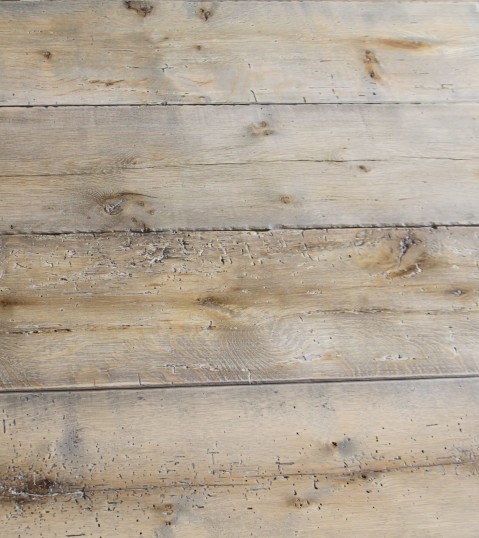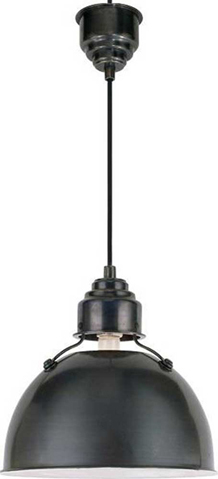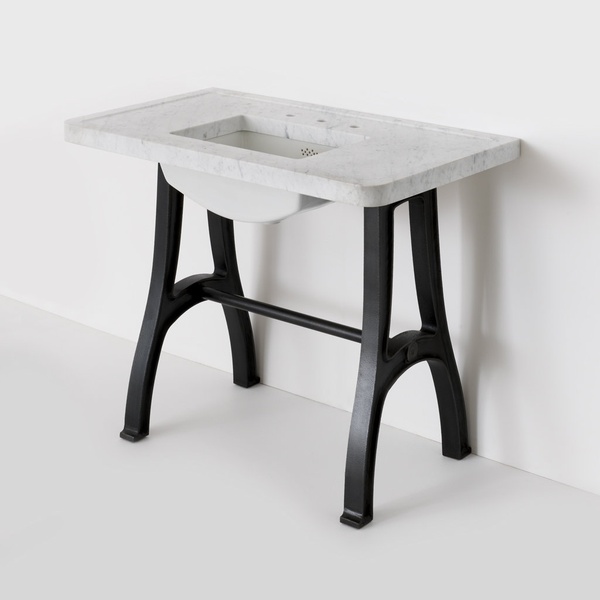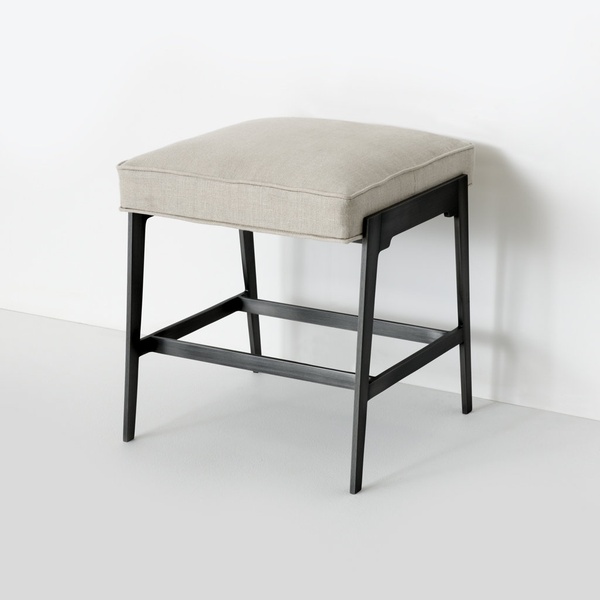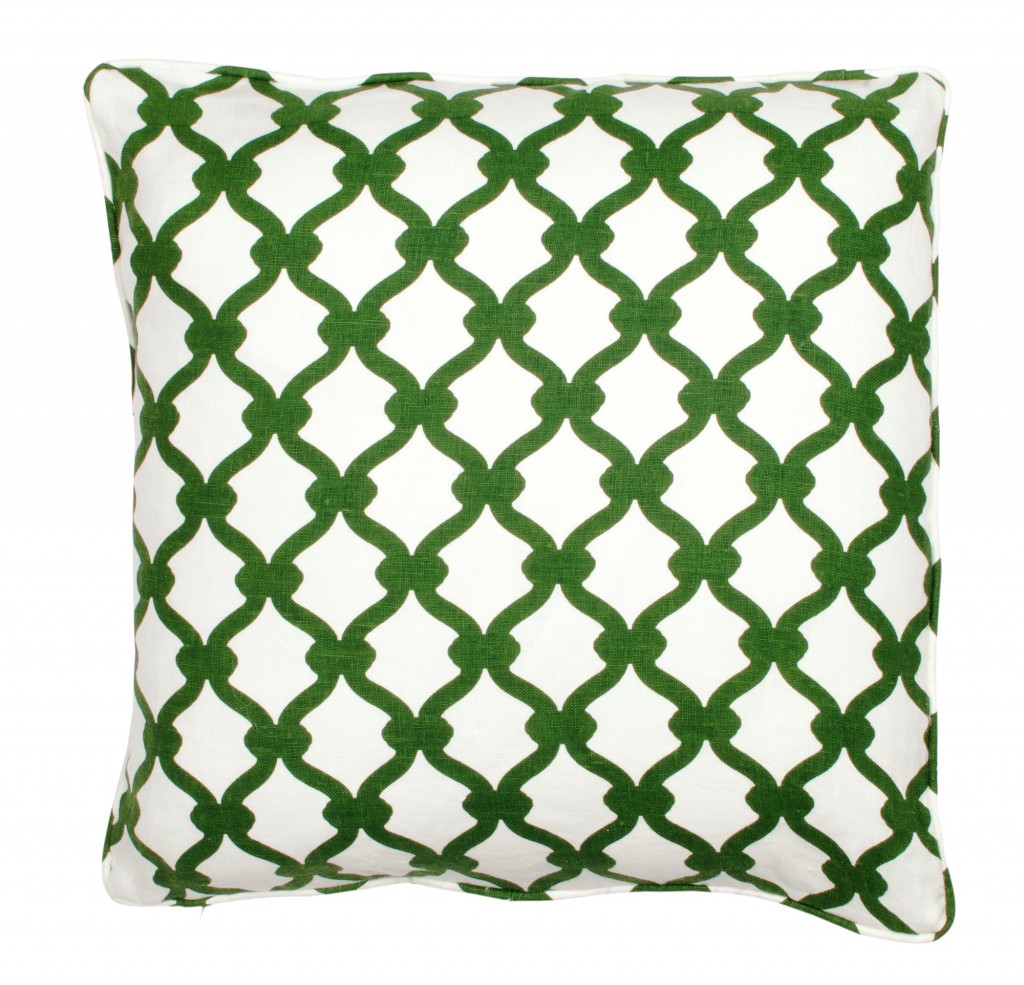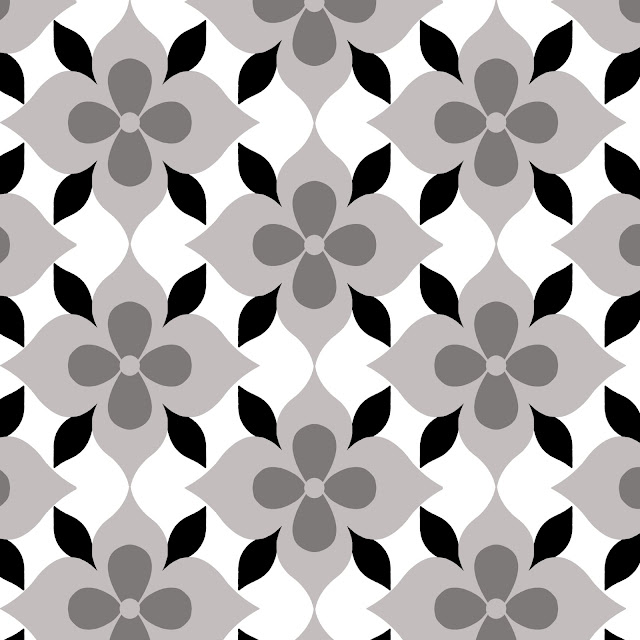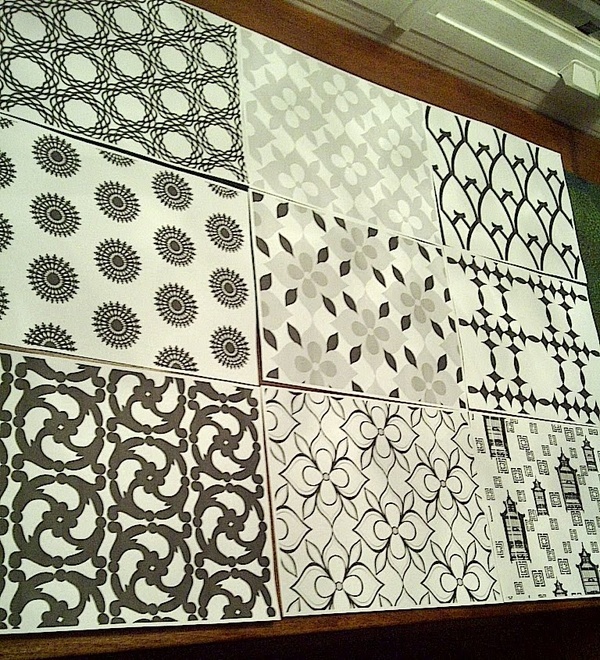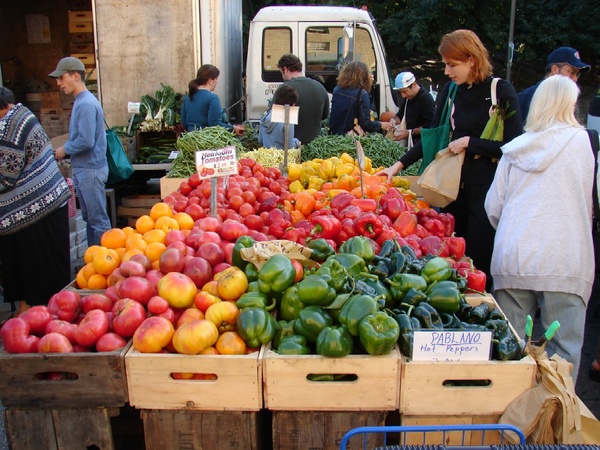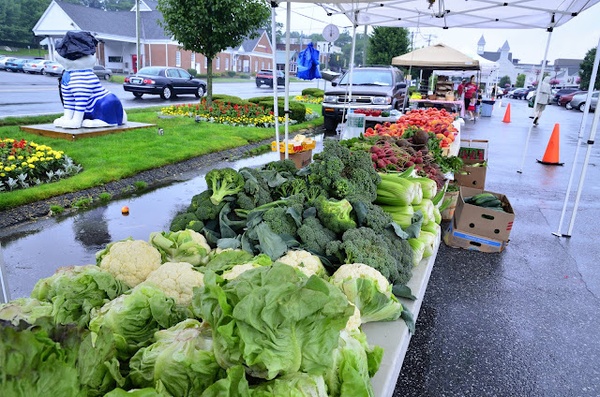I’d always enjoyed container planting with annuals and really did not know what to expect with growing perennials.
Guest Post from Debbie Aidinis
There are two things that I love to do: cook and garden, even though I have no formal training in either of them. But, I have always had a love of plants. About 10 years ago, when we were redoing the pavers around the pool, our contractor suggested planting perennial beds along one side of the pool. I really did not know what to expect with using perennials. I’d always enjoyed container planting with annuals, where I found a great satisfaction in creating the arrangements, but this was different. This was the start of something I had never experienced before.
I truly fell in love with those perennial gardens and continued to incorporate them into our landscaping. I moved on to the front of the house, where I put in more gardens. My gardens are truly a labor of love with many hours spent working in and enjoying them.
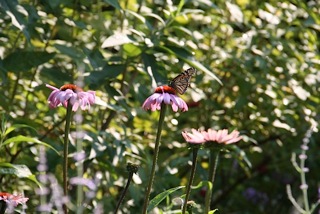
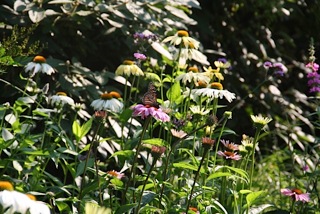
My gardens are forever evolving as I am always looking to see what I can move or replace for the following year. For me, gardening is still a learning experience. There are plants for sun, partial sun, shade, dry, and wet conditions, just to name a few. I now do my research on the different variety of plants and have come to understand that there are plants that will not do well in certain areas even if you love them and want them in your garden. Sometimes you instinctively know the plant you just put in the ground does not belong there. I’ve also learned to plant flowers according to their blooming schedule. Some bloom early in the spring while others bloom into the fall. Because I like to always have flowers in garden, I now arrange my plants so I have flowers throughout the growing season. It’s not unusual for me to replace plants or move things around in the middle of summer if I see a part of the garden without flowers!
I’ve also learned through trial and error with specific plants. For example, I love Lavender. When I started my gardens I had a grouping of Lavender which came back for a few years and then just stopped. For a while, I replaced the Lavender every year. Then, I finally realized that area was not the right location for Lavender. My nearby Viburnum had grown a lot through the years and the area became shadier and, of course, wetter. I eventually put in plants that were better adapted to that environment, such as Solomon Seal, Japanese Painted Ferns, and Hostas.


Around my pool, which gets hot sun, the landscaper originally planted a lot of very large Hostas. Every year, by mid summer, the leaves would be burnt from too much sun exposure. They have since been moved to another area where they are very happy and thriving with more shade.
The one plant I can never have enough of are Hydrangeas. There are many beautiful varieties. One in particular is called “Annabelle” and does not do well in full sun. They, too, were moved to another location after a summer of constantly watering them to keep them from wilting away. This year I planted Hydrangea macrophylla “White Out” in container pots and will put them in my garden in the fall, in a spot which has partial shade.
Another plant that I love is the Coneflower. Unfortunately, so does the local ground hog! Once I realized the ground hog was the culprit behind my chewed Coneflowers, I almost gave up on growing them. Inexplicably, I found I can plant Coneflowers in one of my front gardens and the ground hog will not munch on them. Why he avoids that particular spot I may never know!


 The early morning when the sun comes up is my favorite time to be out in the garden. There is a beauty to behold, just looking at the flowers through the haze of sunlight and morning dew. Of course, the garden at dusk would be a very close second, when the sun is setting and cooler breezes bring relief from a hot summer day. If only I could find more space to plant another garden!
The early morning when the sun comes up is my favorite time to be out in the garden. There is a beauty to behold, just looking at the flowers through the haze of sunlight and morning dew. Of course, the garden at dusk would be a very close second, when the sun is setting and cooler breezes bring relief from a hot summer day. If only I could find more space to plant another garden!

